Search results for: 'collar'
-
RFID - collar tag - large
€10.00
Excl. VAT plus shippingIn Stock
-
RFID - collar tag - small
€8.33
Excl. VAT plus shippingIn Stock
-
RFID – collar tags - small
€8.33
Excl. VAT plus shipping -
RFID - collar tag - large
€10.00
Excl. VAT plus shipping -
petdoor with motion sensors - Left - Medium
€1,475.00
Excl. VAT plus shippingIn Stock
-
petdoor with motion sensors - Left - Large
€1,641.67
Excl. VAT plus shippingIn Stock
-
petdoor with motion sensors - Right - Large
€1,641.67
Excl. VAT plus shippingIn Stock
Does the position of the pet chip in your pet influence the detection reliability?
Yes, the location of the pet chip affects the reading quality.
Veterinarians should normally place the chip under the skin on the left side of the neck. In this case the petWALK pet door has been optimized. In rare cases it may happen that the pet chip moves inside the pet’s body. Thus, a poor location of the pet chip can lead to a reduction in range.
If your pet is not chipped, you can inform your vet, that the location high as possible on the neck is the best solution. Futhermore the chip should be inserted horizontally to the upright standing pet.
If your pet has learned to appreciate its new freedom, your pet will find out very soon how the pet chip works. So we have trained a test dog specifically for reaching its left shoulder directly to the door to obtain the desired freedom. This is also one reason why we recommend to get settled first by using the trailer chip on its collar.
Is it uncomfortable for my pets to wear collars?
No, because your pets do not have to wear collars for passing through the petWALK pet door. ID Chips implanted by a veterinarian can also be utilized as an access key for your pet door.
The petWALK pet door does not spot the microchip of my pet.
If the pet door does not detect the chip of your pet , please check the following points first:
1. Is the pet door switched on? (Time and power indicator light)
2. Is your pet chip taught? If not, refer to the manual to see more on this topic.
If the chip cannot be detected repeatedly, this can happen for several reasons:
1. Moving of the chip in the animal’s body
If the microchip is moving in the animal’s body, the reading distance for reliable detection could become too large (secure recognition from approx. 20cm) . Fortunately, moving animal chips are very rare, as they are coated with a tissue fixation. In this case, the insertion of a further chip or the use of a chip on the collar may be required. Your veterinarian will advise you. From our experience we know that the new biopolymer chips from Virbac practically do not migrate .
2. Pet chip is not suitable.
Another problem for incorrect working chip may be a chip not suitable for petWALK pet doors. The FDX-B chips, commonly used in Europe, are certainly suitable for a pet door. The older FDX -A chips, which are not suitable for controlling the petWALK pet doors, are used only occasionally in non- EU countries.
3. The distance between the antenna and the animal is too large.
For technical reasons, the reading range can vary depending on the chip manufacturer. When using implanted chips with high quality the read range lies between 25 - 30 cm. In general, a greater range is reached by using a chip attached at the collar. Therefore, we recommend using the supplied chip trailers during the habituation phase.
If your pet got to know the new gained freedom, it will learn very quickly how to get the most optimal effect.
4. The implanted pet chip does not work.
The easiest way to locate the chip and to check its function is to check the position and range of the pet chip by a vet. The pet chip handheld scanner does not have the same range as the petWALK pet door. A well -functioning chip should have the reading range of at least 5 cm. If the reading range is less than 5 cm or the pet chip was moving too far down into the chest area, the implantation of an additional chip or the usage of a collar ship should be discussed with greater range with our vet.
5. Usage of laptop or flat panel, TFT within reach of the petWALK pet door
Notebooks , netbooks, computers , televisions with LCD screen can work in similar frequency ranges as the petWALK pet door. If you pay attention to a minimum distance of 2-3 m away from the pet door, there may not be interferences.
10 Item(s)


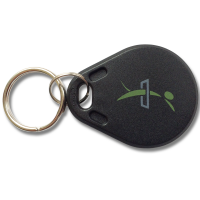
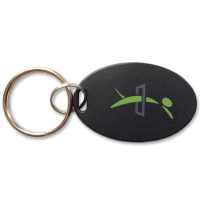
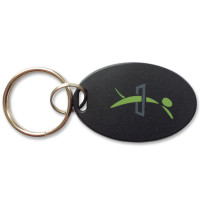
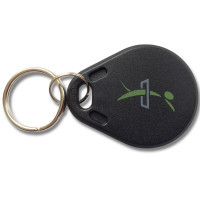
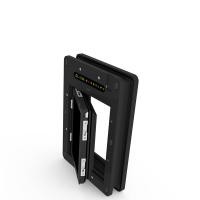
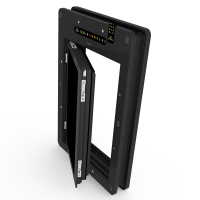
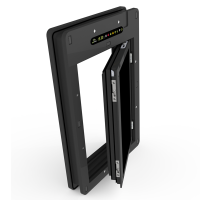
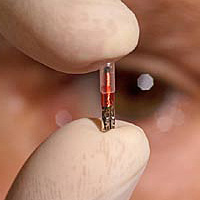
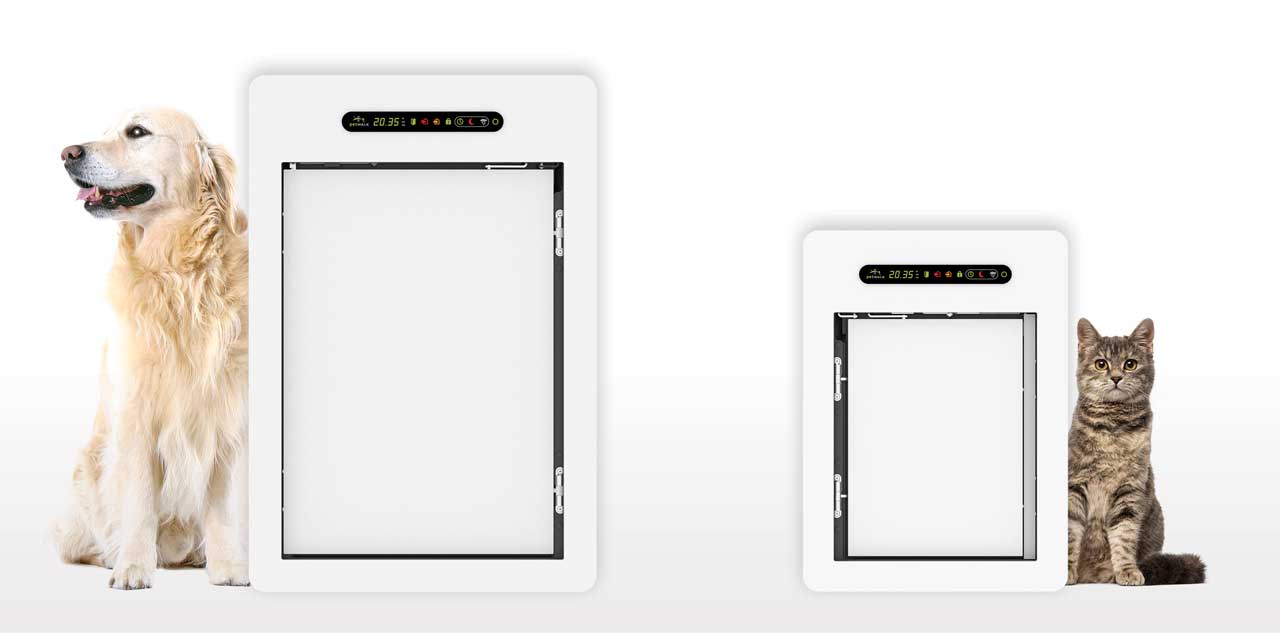
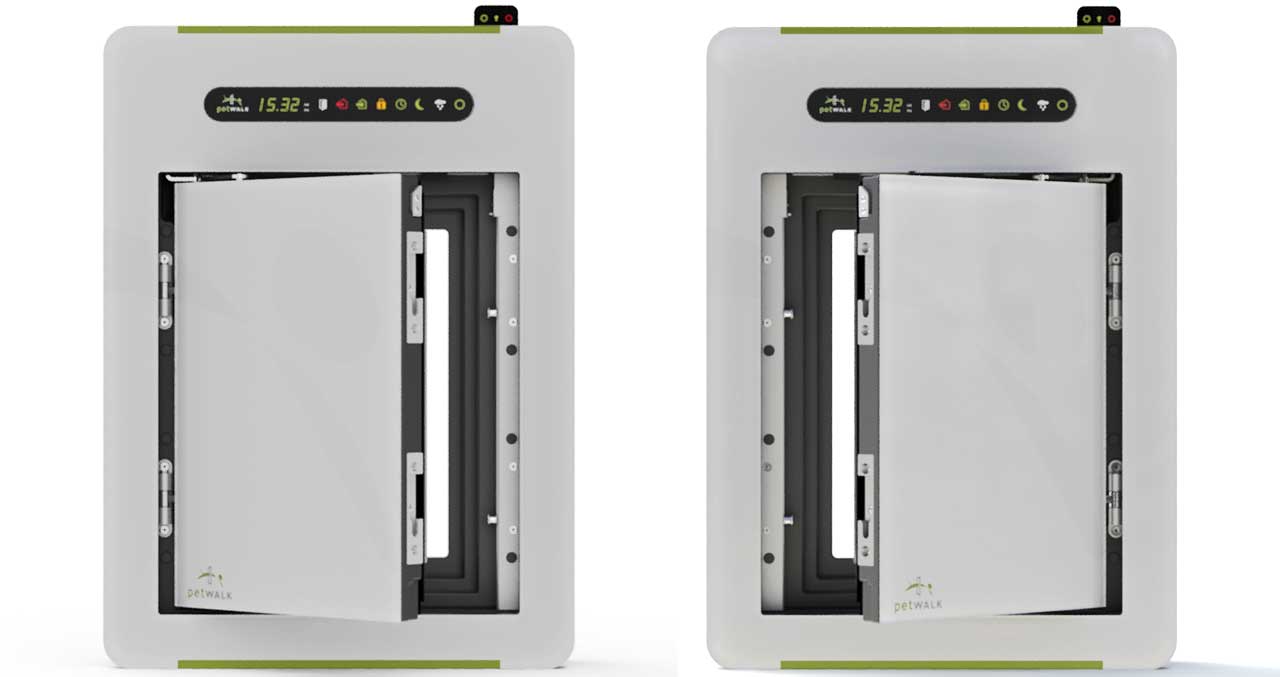

 Drop a message
Drop a message